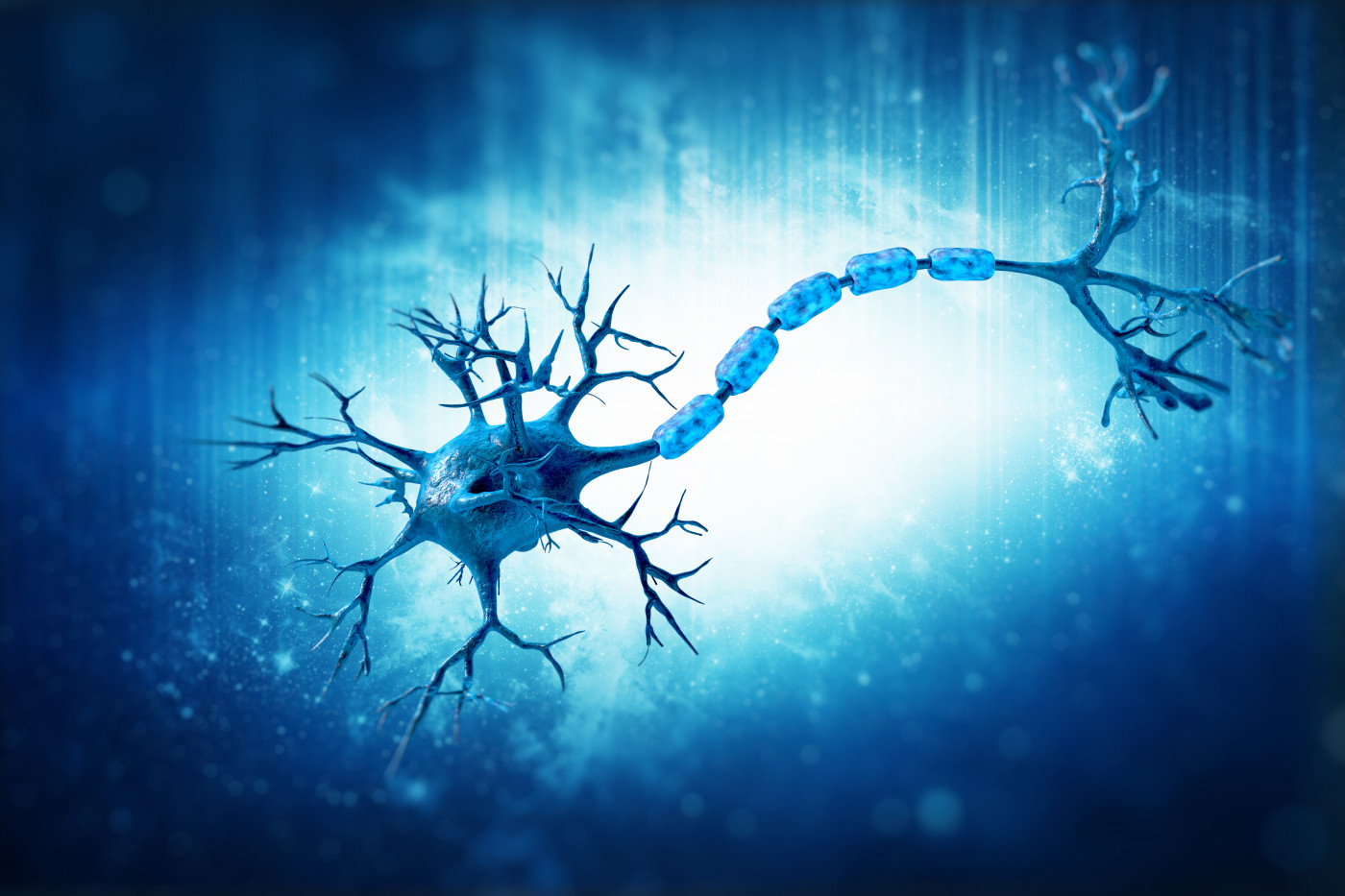MS Patients with Brain and Spinal Nerve Pain Have High Levels of a Protein, Study Finds

Multiple sclerosis patients with central nervous system pain have high levels of a protein known as nerve growth factor in their cerebrospinal fluid, a study shows.
The research, “Nerve growth factor is elevated in the CSF of patients with multiple sclerosis and central neuropathic pain,” was published in the Journal of Neuroimmunology.
Pain in the central nervous system, which includes the brain and spinal cord, is common in MS. Estimates of the patients it affects range from 29 to 86 percent of those with the disease.
This type of pain is only partially responsive to drugs, decreasing patients’ daily activities and quality of life. Unfortunately, the cause of central neuropathic pain is not well understood.
Nerve growth factor, or NGF, binds to a receptor that activates genes known to regulate the growth, maintenance, and survival of some nerve cells. The factor is believed to play a role in inflammation and pain in the peripheral nervous system — the part of the system outside the brain and spinal cord.
Recent data has suggested that NGF may also play a role in the development of central nervous system pain.
Interestingly, MS lesions contain higher levels of the receptor that NGF binds to. This prompted Italian researchers to try to determine whether NGF is involved in central nervous system pain in MS.
They analyzed data from 73 MS patients, including 15 with central neuropathic pain. They then compared NGF levels in the cerebrospinal fluid of MS patients experiencing central neuropathic pain with levels of MS patients without pain.
Patients with central neuropathic pain had significantly higher NGF concentrations in their cerebrospinal fluid than patients without pain, researchers said. This suggested that NGF might play a role in MS-related central neuropathic pain.
Researchers emphasized that further studies are needed, however.
“Although our findings suggest that, in MS, central neuropathic pain may be associated with higher CSF [cerebrospinal fluid] NGF levels, further studies are needed to confirm this observation and to better characterize the relationship between NGF expression and central neuropathic pain,” the team wrote.
They said that if the relationship between central neuropathic pain and NGF is confirmed, it could lead to alternative ways to treat patients with this pain. The possible approaches include reducing NGF levels, preventing NGF from binding to its receptor, and inhibiting NGF’s effects when binding does occur.
An important thing to take into account, the team said, is that NGF promotes the growth and survival of oligodendrocytes, cells responsible for the production of the myelin sheath that protects nerve cells. This means that a decrease in NGF levels could improve neuropathic pain, but hinder myelin repair mechanisms that MS patients need.






